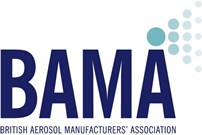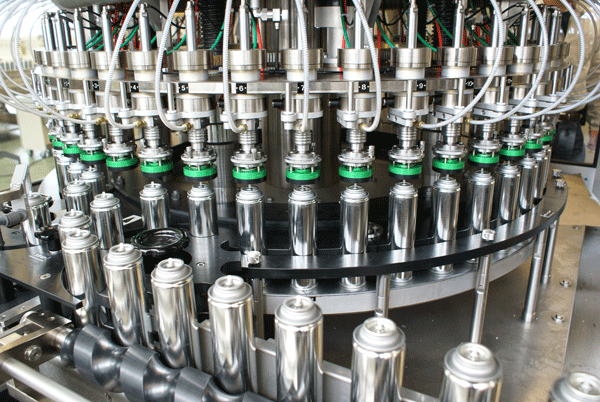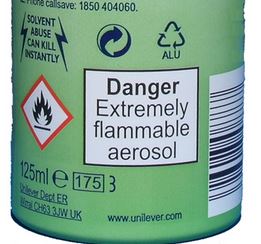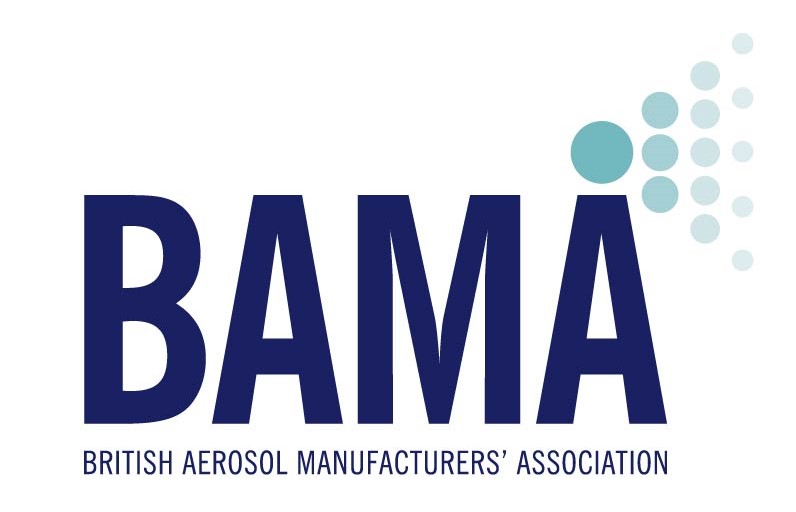

Welcome to the British Aerosol Manufacturers Association (BAMA) educational resource about aerosols.
Find out how they are made, how they are filled and how they work. The aerosol industry uses some of the fastest and highest precision equipment in manufacturing today. Its engineers, chemists, materials scientists and designers produce low cost recyclable products with uses everywhere from the kitchen to the football pitch.
The UK now produces nearly a third of the aerosols in Europe and is second only to the USA in world production. Production has grown dramatically since 1990. About 1.4 billion aerosols are produced each year by companies in Britain and around 50% are exported. UK expertise is recognised all over the world.
This educational resource shows how science is applied in the manufacture and use of aerosols. It is suitable for students aged 14-19.
Navigation
Each page has an answer page that can be accessed from the main page. There are also help pages that link back to each main page.
A return to start tab is at the top of each page.
Safety

ASE and BAMA advise against any experiments or demonstrations using full aerosols containing liquified propellants. Accumulation of LPG vapours in a small lab or fume cupboard could cause a fire hazard.
Experiments on flow rates should only be done with bag on valve or bag in can aerosols that use inert gas propellants.
Index
Page 1 Aerosols have many uses
Page 2 How does an aerosol work?
Page 3 Getting the right vapour pressure
Page 4 Using an inert ideal gas as a propellant
Page 5 Making steel and aluminium aerosol cans
Page 6 Water bath leak testing
Page 7 Valves and flow control
Page 8 Filling 1.54 billion cans a year
Page 9 Who makes aerosols?
Page 10 The Big BAMA Aerosol Quiz
